Parrot Behavior How to Decode Your Bird’s Powerful Signals
Parrot behavior represents one of the most fascinating and complex aspects of avian psychology. These remarkable creatures exhibit sophisticated behavioral patterns that often perplex even experienced bird enthusiasts. Understanding behavior is not merely an academic pursuit—it’s the cornerstone of building a harmonious relationship with these intelligent companions.
The intricate world of behavior encompasses everything from subtle body language cues to dramatic vocalizations that can wake entire neighborhoods. Each gesture, sound, and movement carries profound meaning in the avian communication system. By delving into these behavioral nuances, we unlock the secrets to creating an environment where both human and parrot can thrive together.
Table of Contents:

The Evolutionary Foundation of Parrot Behavior
Ancient Instincts Shaping Modern Parrot Behavior
Parrot habits stems from millions of years of evolutionary adaptation. In their natural habitats, parrots developed complex social structures, sophisticated communication systems, and survival mechanisms that continue to influence their domestic behavior today. These ancestral patterns manifest in modern pet parrots as flock-calling behaviors, territorial displays, and intricate social hierarchies.
The neurological complexity underlying behavior rivals that of many mammals. Their enlarged telencephalon—the brain region responsible for higher-order thinking—enables them to process emotional stimuli, form lasting memories, and exhibit problem-solving capabilities that directly impact their behavioral expressions.
Flock Dynamics and Social Parrot Behavior
Wild parrots exist within elaborate social frameworks where every individual understands their position within the group hierarchy. This fundamental aspect of behavior translates into domestic settings, where your feathered companion views family members as flock mates. The absence of appropriate social interaction can trigger maladaptive parrot traits patterns, including excessive vocalization, aggressive displays, and self-destructive tendencies.
Understanding these deeply ingrained social needs allows caregivers to structure environments that support healthy behavior development. Consistent daily routines, predictable interaction patterns, and clear behavioral boundaries help satisfy these evolutionary requirements.
Comprehensive Analysis of Vocal Parrot Behavior
The Science Behind Parrot Vocalizations
Parrot traits includes an extensive repertoire of vocal communications, each serving specific purposes within their social structure. Contact calls, alarm calls, and territorial announcements represent just a fraction of their vocal complexity. The syrinx—a specialized vocal organ unique to birds—enables parrots to produce the remarkable range of sounds that characterize their behavioral expressions.
Research indicates that behavior related to vocalization follows circadian rhythms, with peak activity occurring during dawn and dusk hours. These natural patterns reflect their wild ancestors’ communication schedules and remain deeply embedded in domestic behavior.
Interpreting Different Vocal Patterns
Morning vocalizations in behavior typically serve as flock contact calls, ensuring group cohesion and territory establishment. Evening calls perform similar functions while also serving as comfort sounds before roosting. Understanding these natural rhythms helps caregivers distinguish between normal behavior and potentially problematic vocalizations.
Excessive screaming often indicates underlying issues affecting behavior, including inadequate social interaction, environmental stressors, or health concerns. Addressing these root causes proves more effective than attempting to suppress the vocal behavior through punishment or isolation.
Physical Manifestations of Parrot Behavior
Body Language Interpretation in Parrot Behavior
Parrot behavior encompasses a rich vocabulary of physical gestures that communicate emotional states, intentions, and physiological conditions. Feather positioning, posture adjustments, and eye movements provide invaluable insights into their internal experiences. Recognizing these subtle cues enables caregivers to respond appropriately to their parrot’s needs.
Eye pinning—rapid pupil dilation and constriction—represents one of the most distinctive aspects of behavior. This phenomenon typically indicates heightened emotional arousal, which could signal excitement, agitation, or intense focus. Context becomes crucial in accurately interpreting this behavioral display.
Wing and Tail Movements in Parrot Behavior
Wing positioning reveals significant information about behavior and emotional states. Slightly raised wings often indicate contentment and relaxation, while aggressively flared wings signal defensive posturing or territorial behavior. Tail fanning similarly communicates varying emotional states, from playful excitement to aggressive warnings.
Preening behaviors represent essential maintenance activities that also serve social bonding functions. Mutual preening between bonded parrots or between parrots and their human caregivers strengthens social connections and reduces stress hormones.
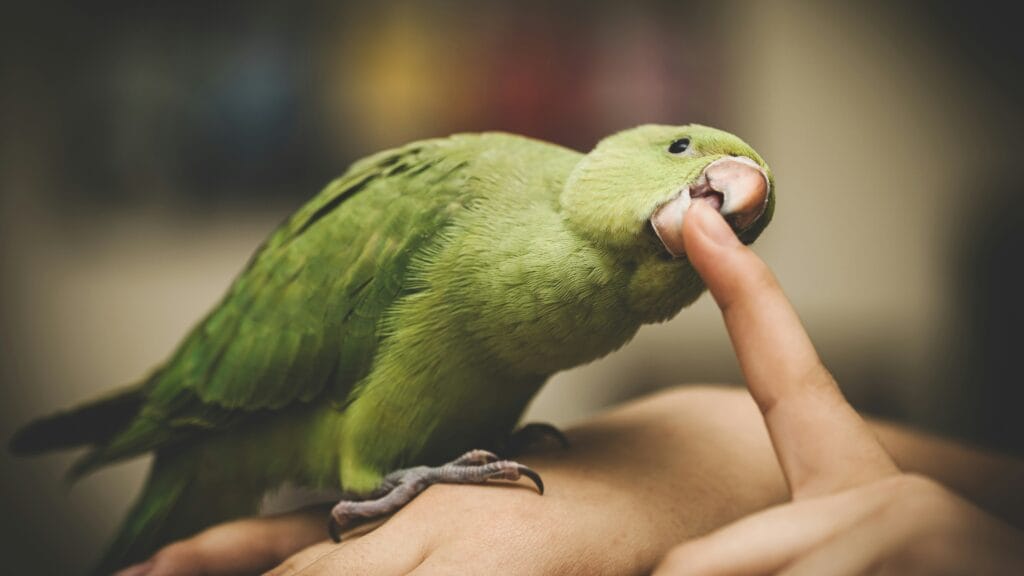
Environmental Influences on Parrot Behavior
Habitat Design and Parrot Behavior Modification
The physical environment profoundly impacts behavior patterns. Cage placement, lighting conditions, and ambient noise levels all contribute to behavioral outcomes. Optimal environments provide visual security while maintaining social connectivity, allowing parrots to observe household activities without feeling vulnerable.
Enrichment elements play crucial roles in supporting healthy behavior. Foraging opportunities, climbing structures, and manipulative toys address natural behavioral needs while preventing boredom-related problems. Rotating enrichment items prevents habituation and maintains engagement levels.
Seasonal Variations in Parrot Behavior
Natural light cycles significantly influence behavior through hormonal regulation. Extended daylight hours during spring and summer trigger breeding behaviors, including increased aggression, territorial displays, and nesting activities. Understanding these seasonal patterns helps caregivers prepare for and manage temporary behavioral changes.
Temperature fluctuations also affect behavior, with extreme conditions potentially triggering stress responses or lethargy. Maintaining stable environmental conditions supports consistent behavioral patterns and overall well-being.
Nutritional Impacts on Parrot Behavior
Diet-Behavior Connections
Nutritional deficiencies profoundly influence behavior, often manifesting as irritability, lethargy, or aggressive displays. Inadequate vitamin A levels, for instance, can increase susceptibility to infections and behavioral changes. Providing species-appropriate diets supports optimal brain function and stable behavioral patterns.
Processed seed diets, while convenient, may contribute to hyperactive or erratic behavior due to high fat content and nutritional imbalances. Fresh vegetables, fruits, and high-quality pellets provide essential nutrients that support neurological health and behavioral stability.
Feeding Schedules and Behavioral Patterns
Establishing consistent feeding routines helps regulate behavior by creating predictable daily structures. Irregular feeding times can increase anxiety levels and trigger food-related aggression or competition behaviors. Scheduled meals also facilitate training opportunities and strengthen human-parrot bonds.
Foraging behaviors represent natural behavior patterns that domesticated birds retain. Providing food in ways that encourage exploration and problem-solving satisfies these instinctual needs while promoting mental stimulation.
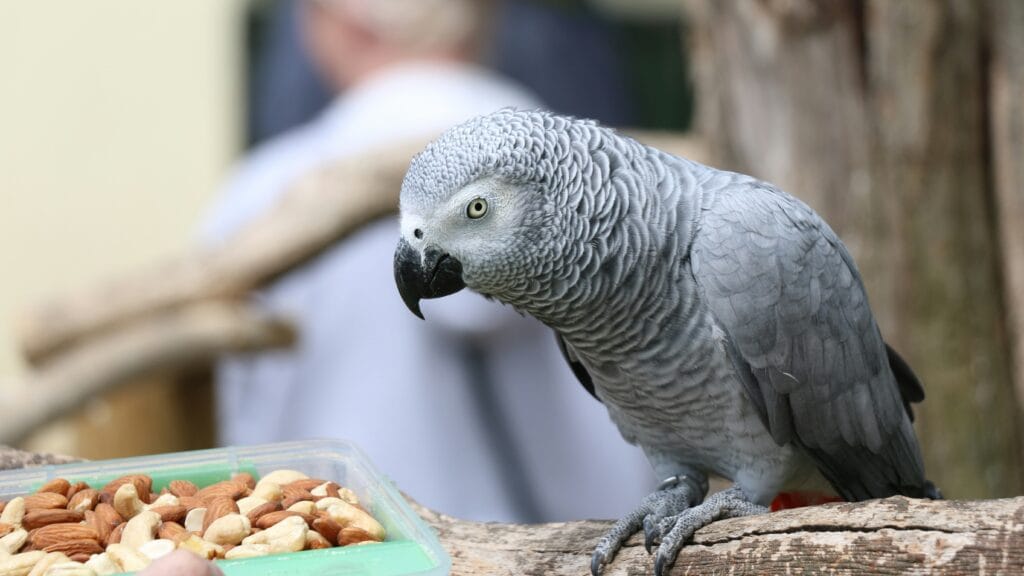
Behavioral Training and Modification Techniques
Positive Reinforcement in Parrot Behavior Management
Effective behavior modification relies on positive reinforcement principles rather than punishment-based approaches. Rewarding desired behaviors increases their frequency while building trust and strengthening relationships. Timing becomes critical—immediate reinforcement creates clear connections between actions and consequences.
Target training represents a foundational skill that facilitates more complex behavior modifications. Teaching parrots to touch a designated object on command provides a basis for redirecting unwanted behaviors and establishing cooperative relationships.
Addressing Problematic Parrot Behavior
Biting behaviors often stem from fear, territorial instincts, or inadequate handling techniques. Understanding the triggers behind aggressive behavior enables caregivers to implement appropriate prevention strategies. Gradual desensitization and counter-conditioning techniques help modify these challenging behaviors.
Feather plucking represents one of the most concerning aspects of problematic behavior. This complex condition often results from multiple factors, including stress, boredom, nutritional deficiencies, or underlying health issues. Comprehensive veterinary evaluation combined with environmental modifications addresses most cases successfully.
Hormonal Influences on Parrot Behavior
Breeding Season Behavioral Changes
Seasonal hormonal fluctuations dramatically impact behavior, particularly during breeding seasons. Increased aggression, territorial displays, and mate-seeking behaviors characterize this period. Understanding these natural cycles helps caregivers prepare for temporary behavioral changes and implement appropriate management strategies.
Nesting behaviors may emerge even in pet parrots, including paper shredding, hiding in dark spaces, and protective posturing. Recognizing these instinctual behavior patterns prevents misinterpretation and guides appropriate responses.
Managing Hormonal Parrot Behavior
Reducing environmental triggers helps minimize hormonal parrot behavior disruptions. Limiting access to potential nesting sites, maintaining consistent light cycles, and avoiding stimulating petting patterns can reduce hormonal surges. These management techniques support more stable behavioral patterns throughout the year.
Age-Related Parrot Behavior Variations
Juvenile Parrot Behavior Characteristics
Young parrots exhibit distinct behavioral patterns characterized by high curiosity, rapid learning, and boundary-testing behaviors. Understanding these developmental stages helps caregivers provide appropriate guidance while supporting natural exploration instincts. Juvenile parrot behavior often includes increased vocalization, object manipulation, and social testing.
Socialization during critical developmental periods profoundly influences adult parrot behavior patterns. Proper exposure to various stimuli, handling techniques, and social situations creates confident, well-adjusted adults with stable behavioral repertoires.
Senior Parrot Behavior Considerations
Aging parrots may display modified behavior patterns related to physical limitations, sensory changes, or health concerns. Decreased activity levels, altered vocal patterns, and increased sleep requirements represent normal aging processes. Adapting care routines to accommodate these changes supports continued quality of life.
Cognitive changes in senior parrots may affect learning abilities and behavioral flexibility. Maintaining mental stimulation through appropriate enrichment activities helps preserve cognitive function and supports healthy aging processes.
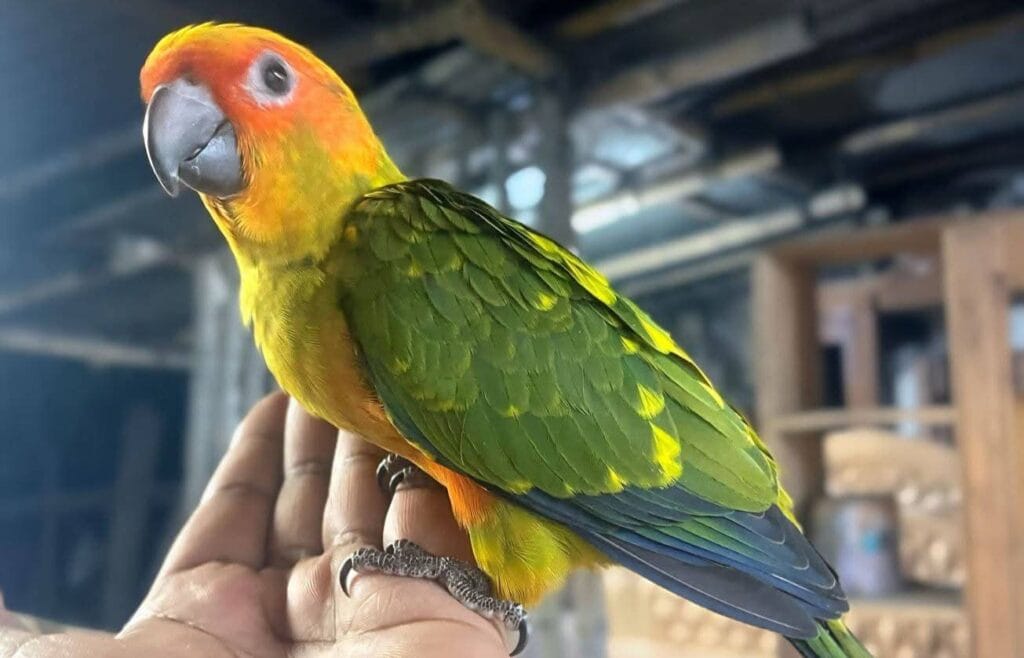
Health-Related Parrot Behavior Changes
Illness Indicators in Parrot Behavior
Subtle behavioral changes often provide early indicators of health problems in parrots. Decreased activity levels, altered vocalization patterns, or changes in eating behaviors may signal underlying medical issues. Monitoring these behavioral patterns enables early intervention and improved treatment outcomes.
Pain-related parrot behavior modifications include increased aggression, reluctance to move, or changes in perching preferences. Recognizing these signs facilitates prompt veterinary evaluation and appropriate pain management strategies.
Stress-Related Behavioral Manifestations
Chronic stress significantly impacts parrot behavior, often manifesting as repetitive behaviors, decreased appetite, or social withdrawal. Identifying and addressing stressors prevents long-term behavioral problems and supports overall well-being. Environmental modifications, routine establishment, and enrichment provision help reduce stress levels.
Species-Specific Parrot Behavior Patterns
Large Parrot Behavior Characteristics
Macaws, African Greys, and other large parrots exhibit species-specific behavioral patterns related to their intelligence levels and social structures. These species often display more complex problem-solving abilities and require greater mental stimulation to prevent behavioral problems. Understanding these species-specific needs guides appropriate care provision.
Large parrots typically demonstrate stronger territorial behaviors and more pronounced flock-calling tendencies. Their behavioral complexity requires experienced handling and comprehensive enrichment programs to support psychological well-being.
Small Parrot Behavior Traits
Cockatiels, lovebirds, and other small parrot species display distinct behavioral characteristics suited to their ecological niches. These species often exhibit more rapid movements, higher metabolic rates, and different social structures compared to larger parrots. Recognizing these differences ensures appropriate care provision.
Small parrots may demonstrate different stress responses and require modified handling techniques. Their behavioral patterns often include more frequent feeding, increased vigilance, and species-specific social behaviors that influence care requirements.
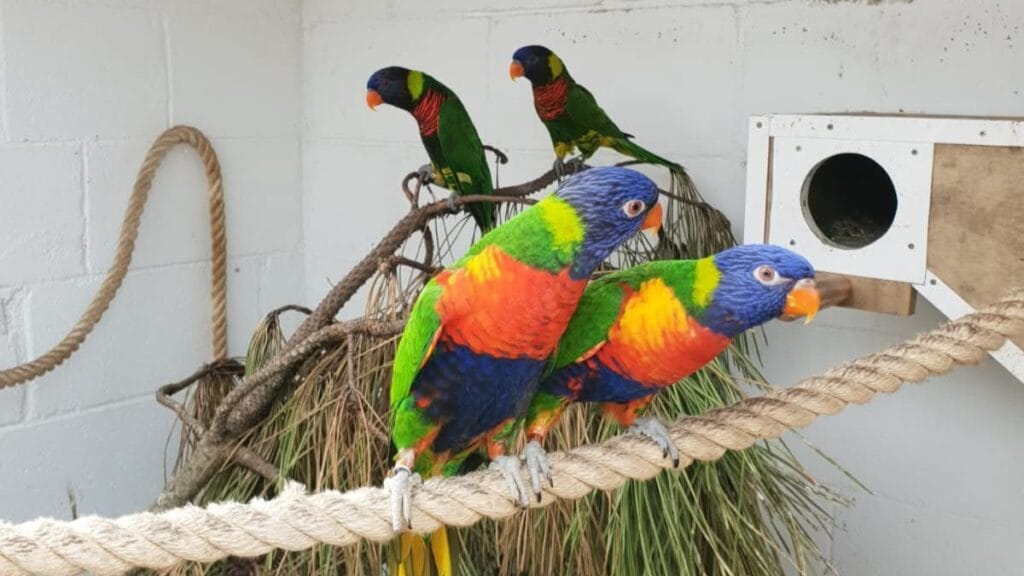
Creating Optimal Environments for Positive Parrot Behavior
Environmental Enrichment Strategies
Successful parrot behavior management requires comprehensive environmental enrichment that addresses physical, mental, and social needs. Providing appropriate perching options, climbing opportunities, and manipulative toys supports natural behavioral expressions while preventing boredom-related problems.
Foraging opportunities represent essential components of parrot behavior enrichment. Hiding food items, providing puzzle feeders, and creating exploration challenges satisfy natural foraging instincts while promoting mental stimulation and physical activity.
Social Interaction and Parrot Behavior
Regular social interaction forms the foundation of healthy parrot behavior development. Consistent daily interaction periods, training sessions, and play activities strengthen bonds while providing necessary mental stimulation. Understanding individual personality traits helps tailor interaction approaches to each parrot’s needs.
Family integration strategies support natural flock behaviors while maintaining appropriate boundaries. Including parrots in household activities, establishing routine interaction patterns, and providing social enrichment opportunities prevent isolation-related behavioral problems.
Conclusion: Building Lifelong Partnerships Through Understanding Parrot Behavior
Mastering the complexities of parrot behavior requires patience, observation, and commitment to continuous learning. These remarkable creatures offer companionship opportunities unmatched in the animal kingdom, but success depends on understanding their unique behavioral needs and communication methods.
The journey of understanding parrot behavior continues evolving as research reveals new insights into avian psychology and cognition. By applying these principles consistently and adapting to individual needs, caregivers can build lasting relationships with their feathered companions while supporting their natural behavioral expressions.
Creating environments that support healthy parrot behavior benefits both human and avian family members. The investment in understanding these behavioral complexities pays dividends in the form of stronger bonds, reduced behavioral problems, and enhanced quality of life for all involved.
Through comprehensive understanding of parrot behavior patterns—from vocal communications to physical gestures, from environmental needs to social requirements—we unlock the potential for truly meaningful interspecies relationships. Every screech, every feather ruffle, every playful antic becomes a window into the rich inner world of these extraordinary beings.
The path forward involves continuous observation, adaptation, and respect for the inherent wildness that exists within every domestic parrot. By honoring their behavioral heritage while providing modern care standards, we create partnerships that enrich both human and avian lives immeasurably. Understanding parrot behavior is not merely about managing pets—it’s about fostering genuine connections that transcend species boundaries and create lasting bonds built on mutual respect, trust, and understanding
FAQ
Why does my parrot suddenly display aggressive behavior towards family members?
Aggressive parrot behavior often stems from hormonal changes, territorial instincts, or fear responses. Identifying specific triggers through observation and implementing positive reinforcement training techniques can help modify these behaviors while maintaining trust and safety for all family members.
How can I tell if my parrot’s screaming behavior is normal or problematic?
Normal parrot behavior includes dawn and dusk vocalizations lasting 15-30 minutes. Excessive screaming throughout the day may indicate boredom, loneliness, or health issues. Providing adequate social interaction, environmental enrichment, and consistent routines typically reduces problematic vocal behaviors.
What environmental factors most significantly influence parrot behavior?
Cage placement, lighting conditions, and social integration opportunities most dramatically impact parrot behavior. Optimal environments provide visual security while maintaining social connectivity, natural light cycles, and comprehensive enrichment opportunities that support natural behavioral expressions.
How long does it typically take to modify problematic parrot behavior?
Parrot behavior modification timelines vary depending on the specific behavior, individual personality, and consistency of training approaches. Simple behaviors may improve within weeks, while complex issues like feather plucking or aggression may require several months of consistent positive reinforcement and environmental modifications to
Did you enjoy this article?
Help other pet lovers benefit too — Share it on social media! 🐾💚
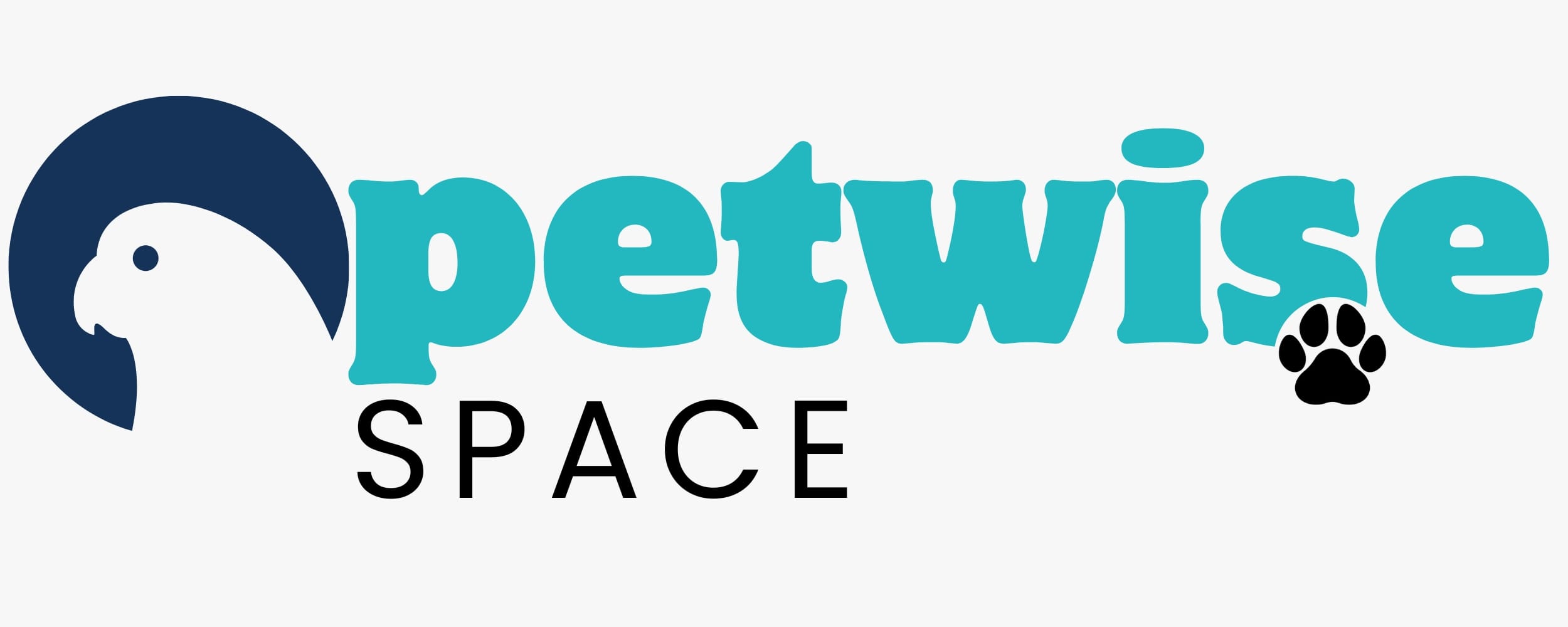

Leave a Reply